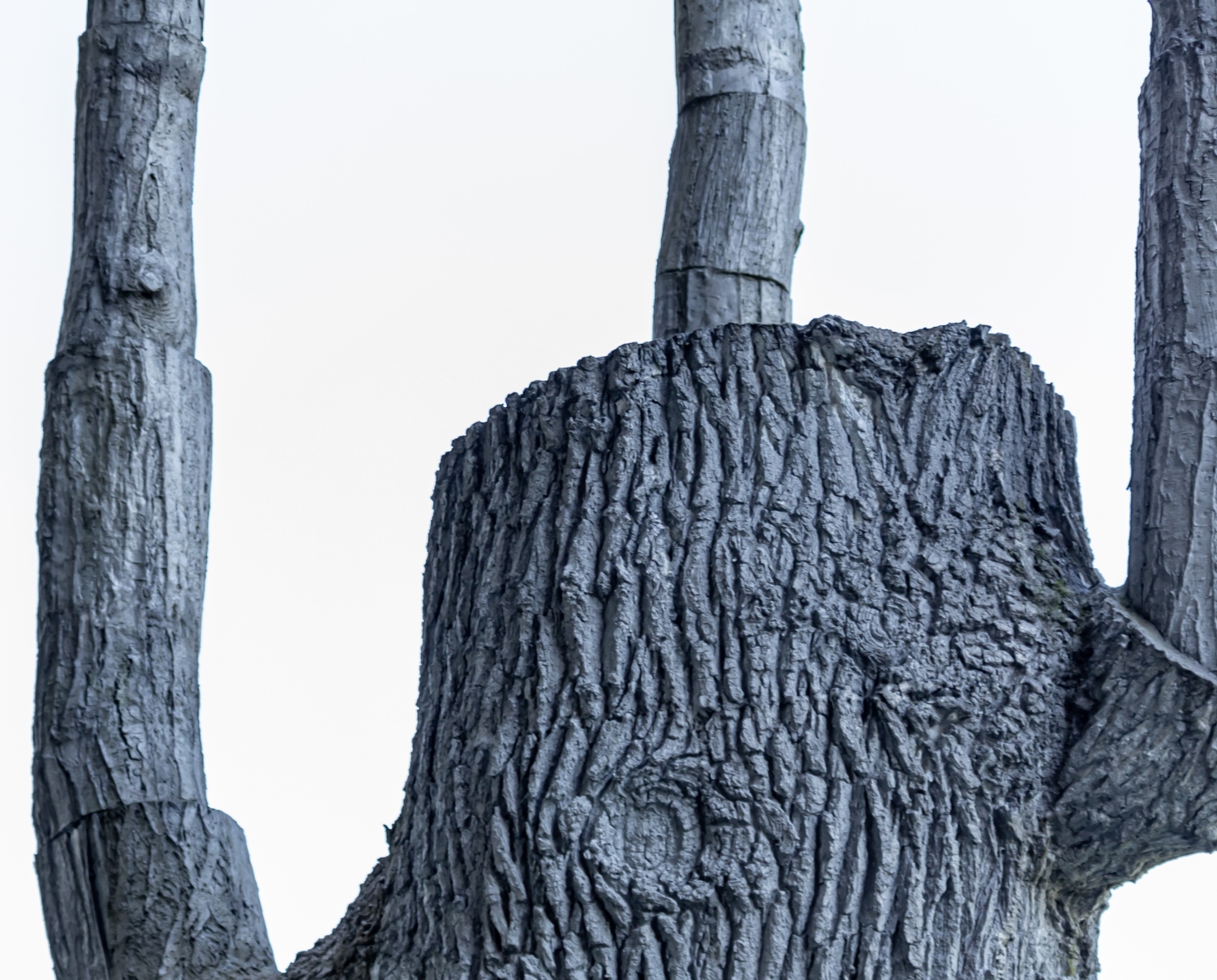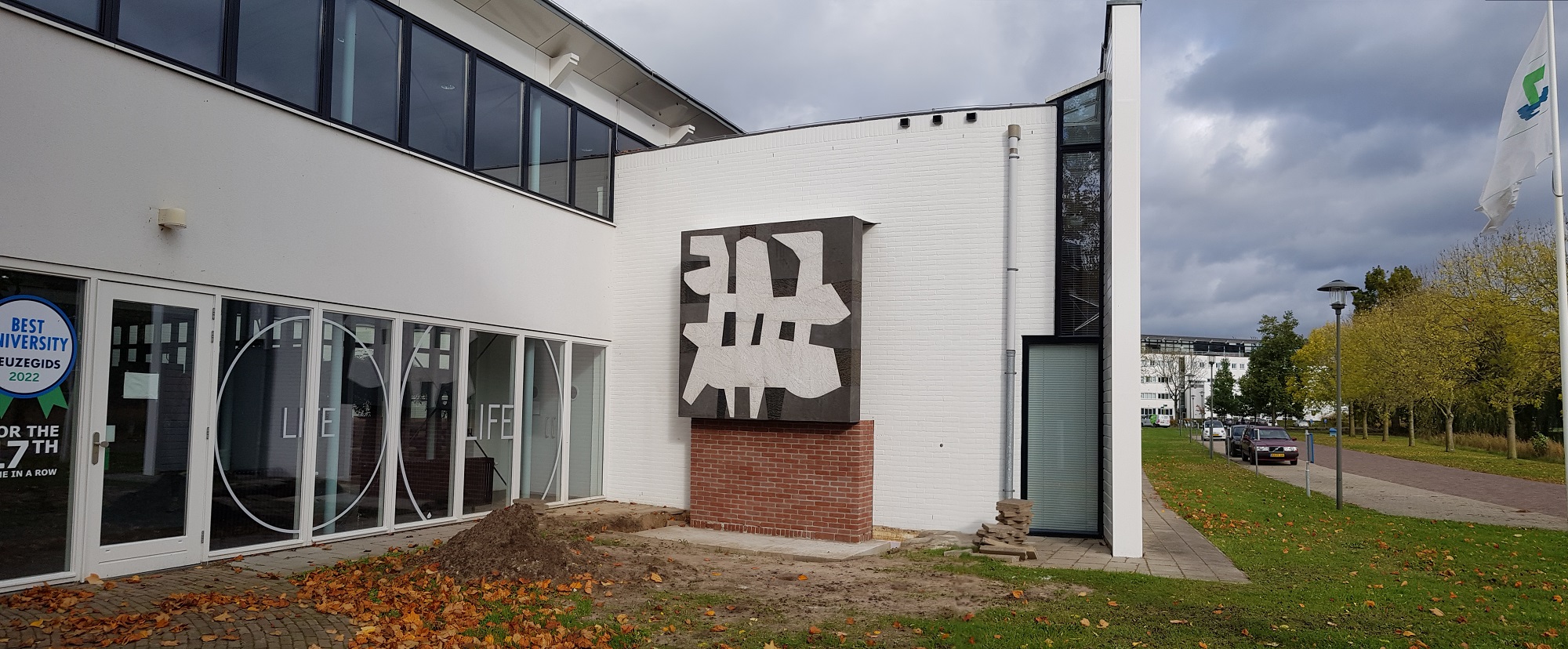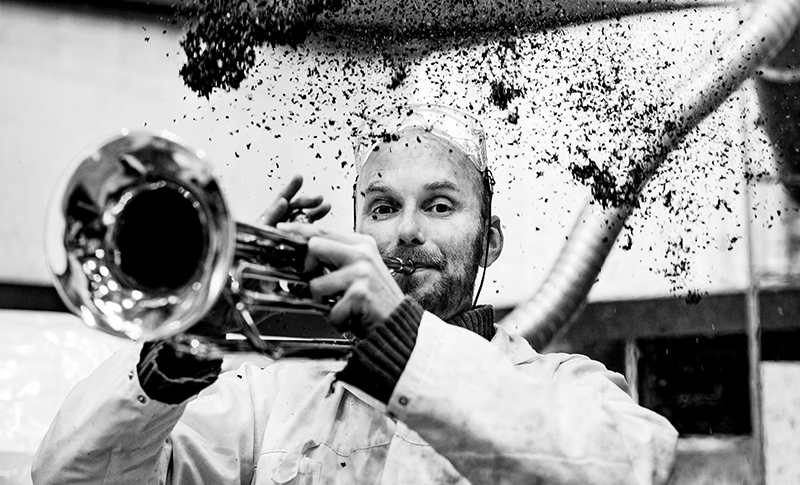It was an outdoor workplace and perhaps WUR’s most noteworthy workplace ever. The wooden building, reminiscent of a folly, was built in the fall of 2021 but was removed yesterday, three years after it was erected. Persistent vandalism has left no alternative, say Facilities and Services.
Vandals had already partly demolished the building. Unknown subjects removed the table and tore out the floorboards. The natural wood is scarred by graffiti, and the rear panel has been dislodged. Damages were repaired previously, but that has now reached its limit, say F&S. The remaining construction materials will be donated to the students’ experimental garden, The Field.
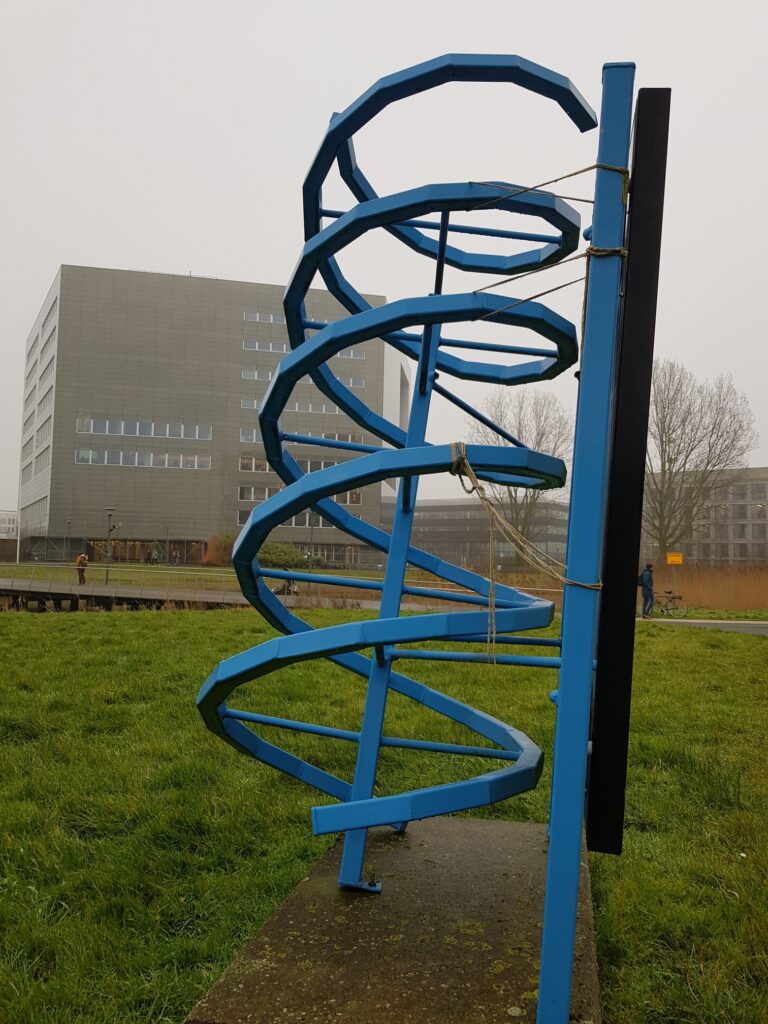
The birdhouse was erected as part of the WUR Up To campaign to illuminate sustainable initiatives. The birdhouse is a reference to the one hundred nesting boxes that have been placed on the campus in an effort to combat the processionary caterpillar. Successfully so, it would seem, as the caterpillar has been rather absent in recent years. Whether this is due to the nesting boxes is, however, unclear.
Eye-catchers
Vandalism is a persistent issue on the campus. An inspection shows that several eye-catchers have been damaged. The double helix at Forum has been distorted. The Must Leave panel near the installation in the Orion Pond has been torn down. The sculpture of the deer was stolen eighteen months ago, and the Zaaier frequently suffers abuse from activists.
It is located in a remote spot on the campus, where no one can see or disturb you
Wietse Willebrands, Safety and Compliance coordinator
‘Vandalism comes in waves’, says Safety and Compliance Coordinator Wietse Willebrands. ‘There are fewer youngsters now that it is cold, but as the weather improves, they will return.’ It comes as no surprise that the birdhouse is targeted: ‘It is located in a remote spot on the campus, where no one can see or disturb you.’
Cameras
Cameras and nocturnal security are insufficient to deter the vandals. ‘There is not much you can do’, says Willebrands. ‘The campus grounds are open. If we receive a report, we send someone to take a look. But that causes a waterbed effect: sending them away only means they will turn up elsewhere. The cameras register footage, but these are not monitored in real-time and are only stored for a week.’

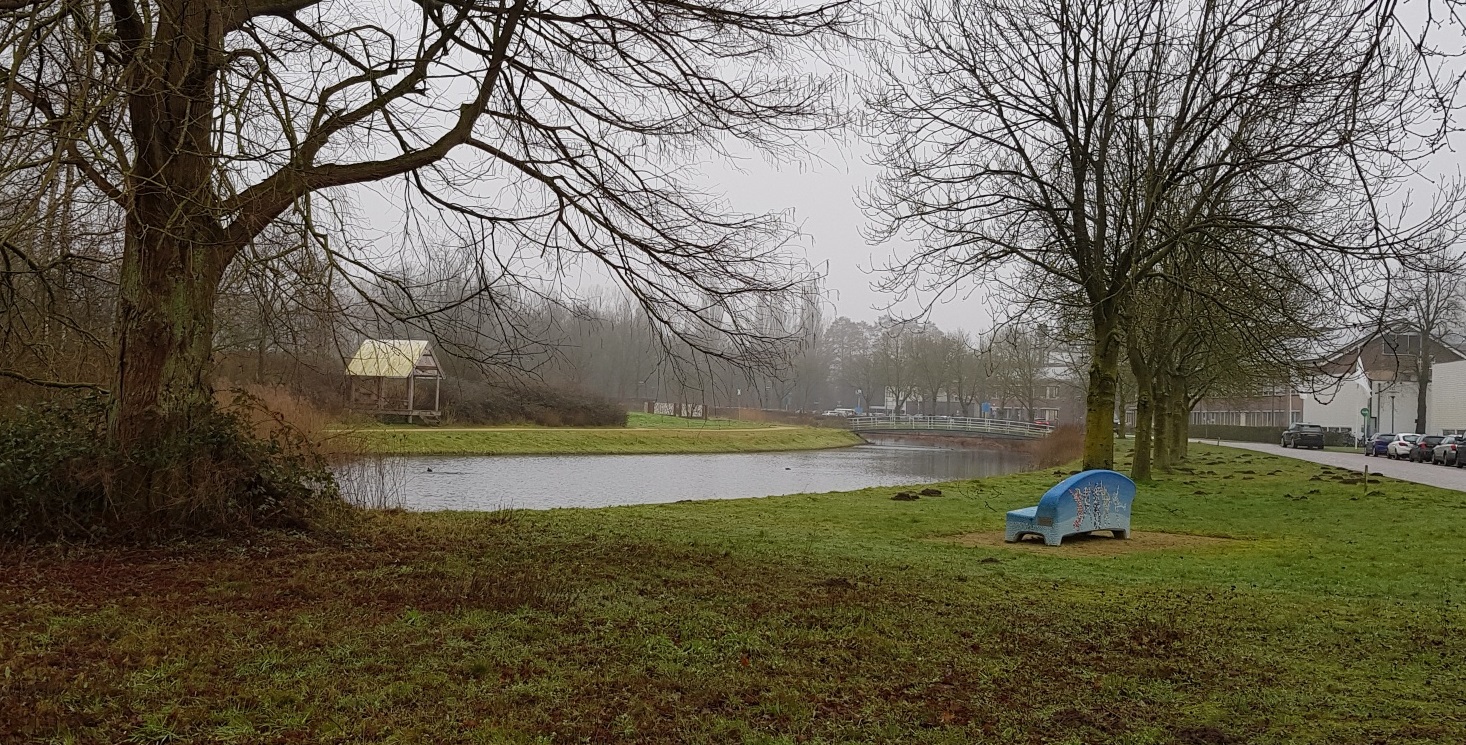 Photo Roelof Kleis
Photo Roelof Kleis 